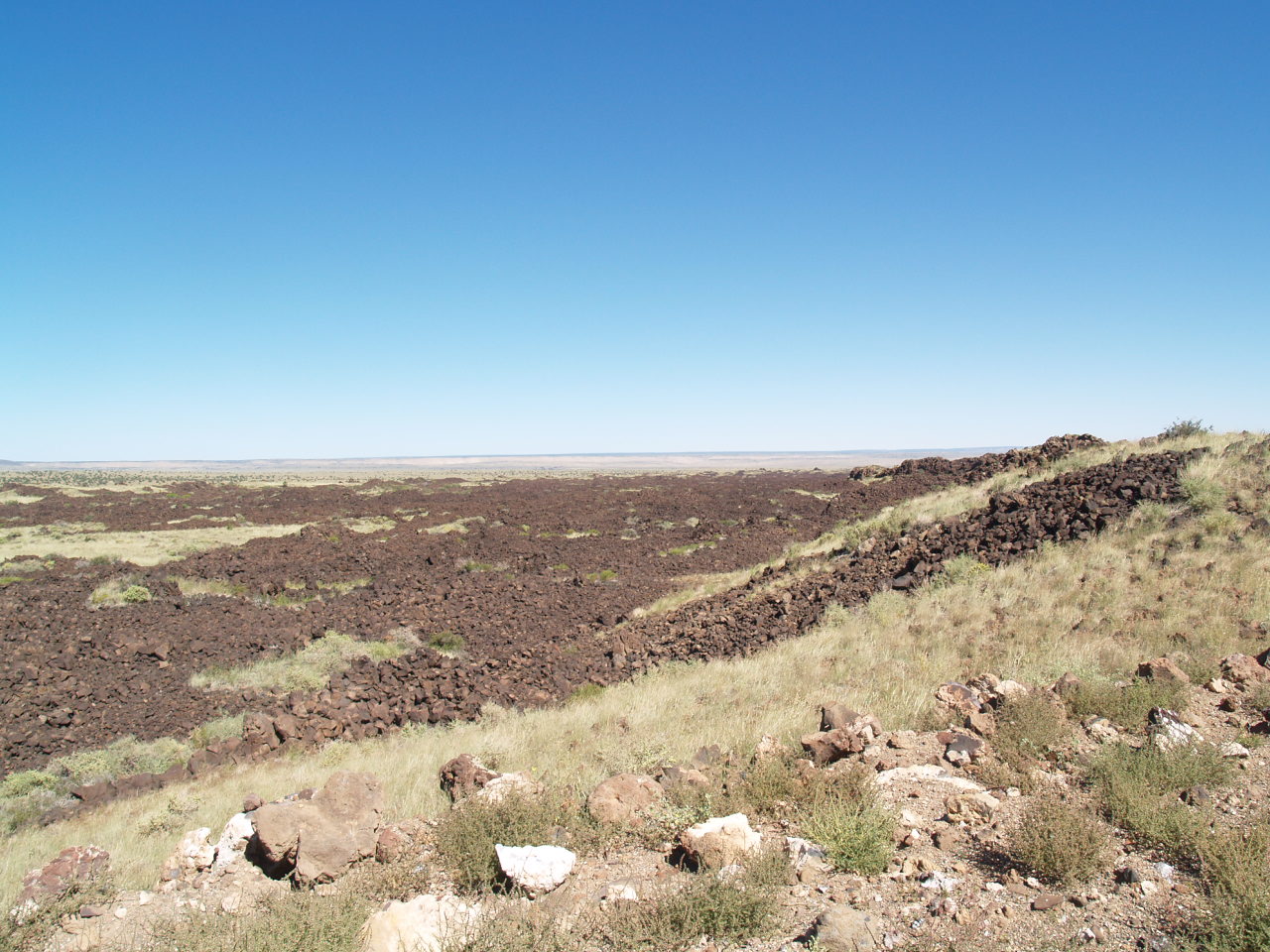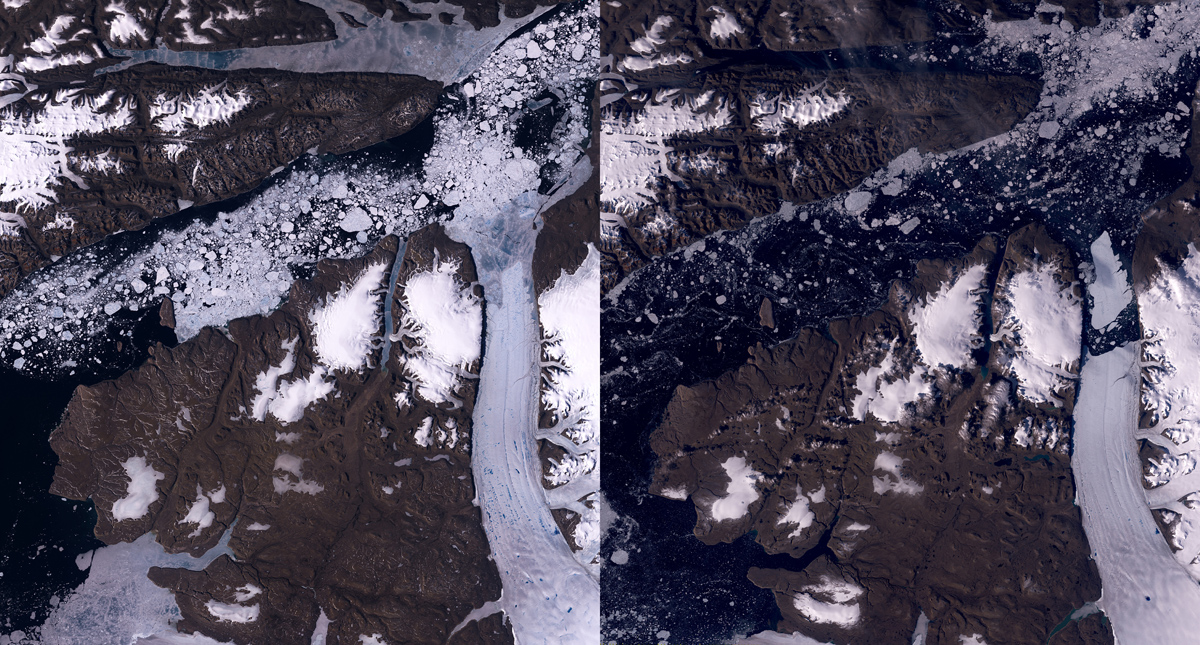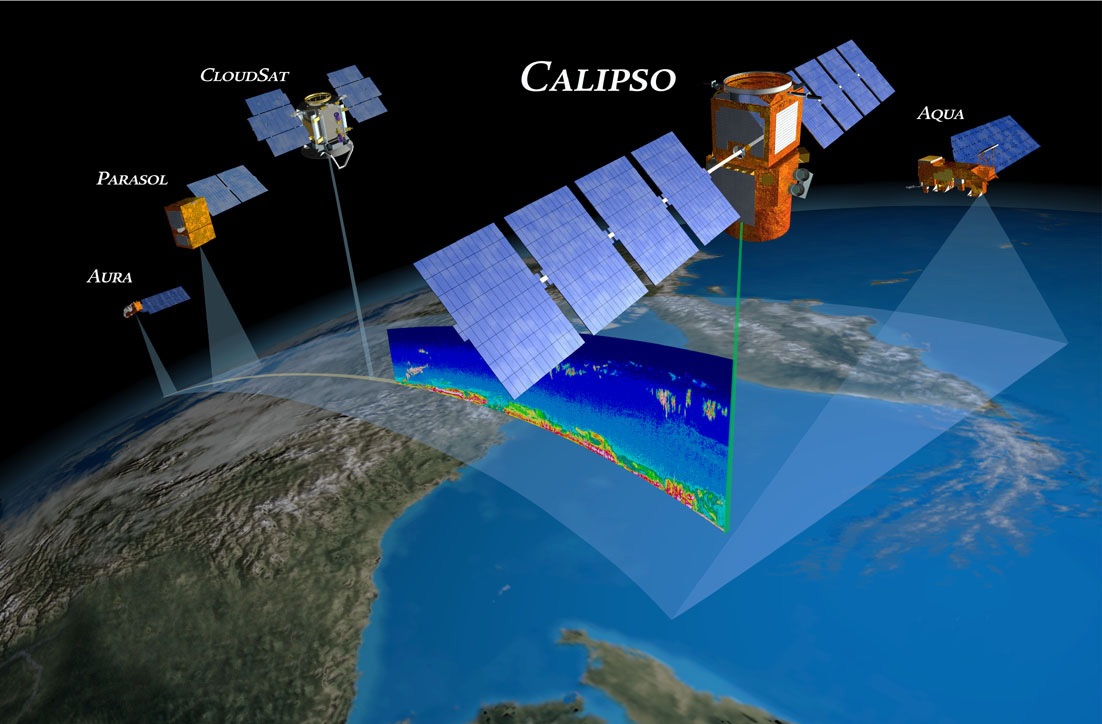This article is for students grades 5-8.
The climate of a region or city is its typical or average weather. For example, the climate of Hawaii is sunny and warm. But the climate of Antarctica is freezing cold. Earth’s climate is the average of all the world’s regional climates.
Climate change, therefore, is a change in the typical or average weather of a region or city. This could be a change in a region’s average annual rainfall, for example. Or it could be a change in a city’s average temperature for a given month or season.
Climate change is also a change in Earth’s overall climate. This could be a change in Earth’s average temperature, for example. Or it could be a change in Earth’s typical precipitation patterns.
What Is the Difference Between Weather and Climate?
Weather is the short-term changes we see in temperature, clouds, precipitation, humidity and wind in a region or a city. Weather can vary greatly from one day to the next, or even within the same day. In the morning the weather may be cloudy and cool. But by afternoon it may be sunny and warm.
The climate of a region or city is its weather averaged over many years. This is usually different for different seasons. For example, a region or city may tend to be warm and humid during summer. But it may tend to be cold and snowy during winter.
The climate of a city, region or the entire planet changes very slowly. These changes take place on the scale of tens, hundreds and thousands of years.
Is Earth’s Climate Changing?
Earth’s climate is always changing. In the past, Earth’s climate has gone through warmer and cooler periods, each lasting thousands of years.
Observations show that Earth’s climate has been warming. Its average temperature has risen a little more than one degree Fahrenheit during the past 100 years or so. This amount may not seem like much. But small changes in Earth’s average temperature can lead to big impacts.
What Is Causing Earth’s Climate to Change?
Some causes of climate change are natural. These include changes in Earth’s orbit and in the amount of energy coming from the sun. Ocean changes and volcanic eruptions are also natural causes of climate change.
Most scientists think that recent warming can’t be explained by nature alone. Most scientists say it’s very likely that most of the warming since the mid-1900s is due to the burning of coal, oil and gas. Burning these fuels is how we produce most of the energy that we use every day. This burning adds heat-trapping gases, such as carbon dioxide, into the air. These gases are called greenhouse gases.
What Is the Forecast for Earth’s Climate?
Scientists use climate models to predict how Earth’s climate will change. Climate models are computer programs with mathematical equations. They are programmed to simulate past climate as accurately as possible. This gives scientists some confidence in a climate model’s ability to predict the future.
Climate models predict that Earth’s average temperature will keep rising over the next 100 years or so. There may be a year or years where Earth’s average temperature is steady or even falls. But the overall trend is expected to be up.
Earth’s average temperature is expected to rise even if the amount of greenhouse gases in the atmosphere decreases. But the rise would be less than if greenhouse gas amounts remain the same or increase.
What Is the Impact of Earth’s Warming Climate?
Some impacts already are occurring. For example, sea levels are rising, and snow and ice cover is decreasing. Rainfall patterns and growing seasons are changing.
Further sea-level rise and melting of snow and ice are likely as Earth warms. The warming climate likely will cause more floods, droughts and heat waves. The heat waves may get hotter, and hurricanes may get stronger.
What Is the Difference Between “Climate Change” and “Global Warming”?
“Global warming” refers to the long-term increase in Earth’s average temperature.
“Climate change” refers to any long-term change in Earth’s climate, or in the climate of a region or city. This includes warming, cooling and changes besides temperature.
How Does NASA Study Climate Change?
Some NASA satellites and instruments observe Earth’s land, air, water and ice. Others monitor the sun and the amount of energy coming from it. Together, these observations are important for knowing the past and present state of Earth’s climate. They are important for understanding how Earth’s climate works. And they are important for predicting future climate change.
What Is Being Done About Climate Change?
The United States and other countries are taking steps to limit or reduce greenhouse gases in the atmosphere. These steps include using energy more efficiently and using more clean energy. Clean energy is energy that puts less or no greenhouse gases into the atmosphere. The sun, wind and water are sources of clean energy.
Many nations, states and communities are planning for climate change impacts that may be unavoidable. For example, some coastal areas are planning for flooding and land loss that may result from rising sea levels.
Another way to help is by learning about Earth and its climate. The more you know about how Earth’s climate works, the more you’ll be able to help solve problems related to climate change.
What Can You Do to Help?
You can help by using less energy and water. For example, turn off lights and TVs when you leave a room. And turn off the water when brushing your teeth. You can help by planting trees, which absorb carbon dioxide from the atmosphere.






























